Home>Gardening & Outdoor>Landscaping Ideas>What Type Of Grass Stays Green All Year Long
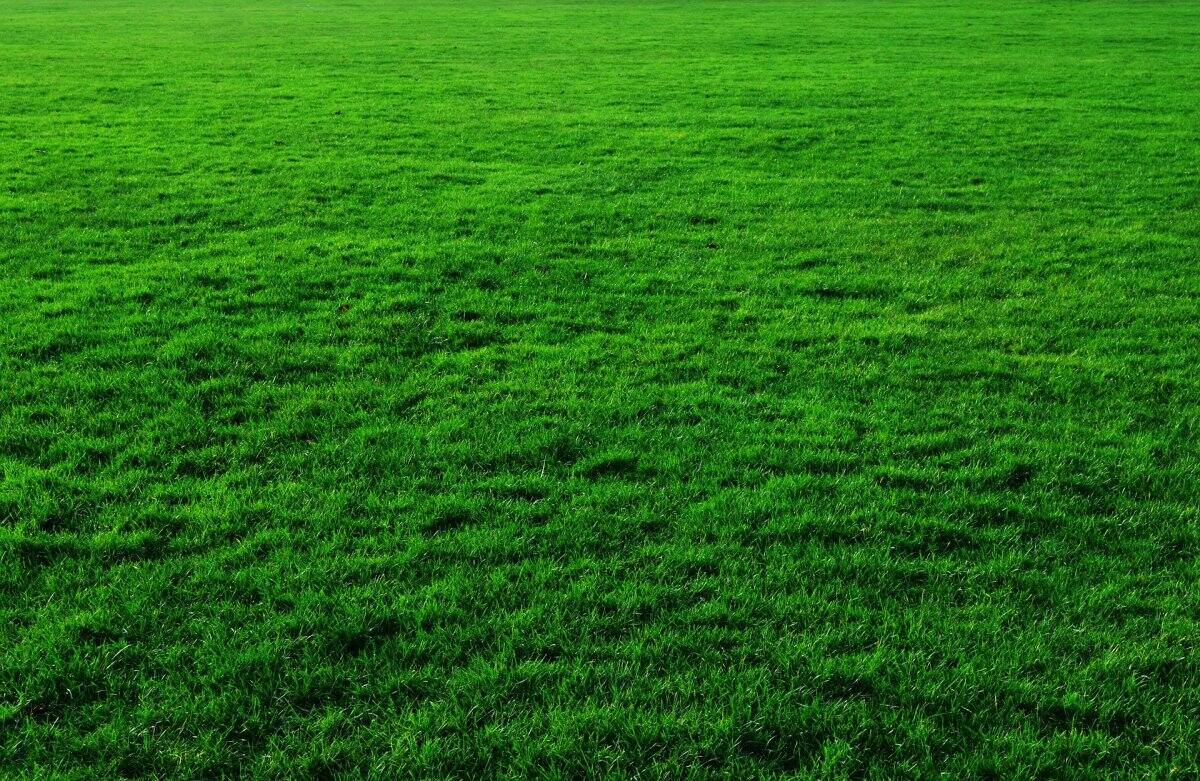

Landscaping Ideas
What Type Of Grass Stays Green All Year Long
Modified: March 29, 2024
Discover the best landscaping ideas for year-round green grass. Learn about the types of grass that stay green in all seasons.
(Many of the links in this article redirect to a specific reviewed product. Your purchase of these products through affiliate links helps to generate commission for Storables.com, at no extra cost. Learn more)
Introduction
When it comes to creating a lush, vibrant lawn, choosing the right type of grass is crucial. The quest for a verdant lawn that stays green throughout the year is a common goal for many homeowners and landscapers. However, achieving this evergreen dream involves understanding the characteristics of different grass types and their suitability for specific climates and conditions.
The key to maintaining year-round greenery lies in selecting the most suitable grass species for your region and climate. Factors such as temperature, sunlight, and precipitation play a significant role in determining the ideal grass variety for your lawn. Understanding the distinctions between warm-season and cool-season grasses, as well as the options for shaded areas, is essential for making an informed decision.
In this comprehensive guide, we will explore the various types of grasses that can maintain their green hue throughout the year. From the resilient warm-season grasses that thrive in hot climates to the adaptable cool-season varieties that withstand colder temperatures, we will delve into the unique characteristics of each type. Additionally, we will uncover the best grasses for shaded areas, providing insights into how to maintain a vibrant lawn even in less sunlit spaces.
By the end of this guide, you will have a deeper understanding of the diverse grass options available and the maintenance tips necessary to keep your lawn looking green and healthy year-round. Let's embark on this journey to discover the perfect grass type that will transform your lawn into a perennially green oasis.
Key Takeaways:
- Choose the right grass for your climate to keep your lawn green all year. Warm-season grasses like Bermuda and cool-season grasses like Kentucky bluegrass thrive in different temperatures, so pick the best fit for your region.
- Maintain a vibrant lawn by watering, mowing, fertilizing, and controlling weeds. Tailor your care to the specific needs of warm-season or cool-season grasses, and enjoy a lush, enduring green oasis in your outdoor space.
Read more: What Kind Of Grass Stays Green Year Round
Warm-Season Grasses
Warm-season grasses are well-suited for regions with hot summers and mild winters. These grasses thrive in temperatures ranging from 80 to 95 degrees Fahrenheit and are known for their resilience in the face of drought and high heat. One of the most popular warm-season grasses is Bermuda grass, celebrated for its exceptional heat tolerance and rapid growth. Its fine texture and excellent wear resistance make it a top choice for lawns, sports fields, and golf courses in warm climates.
Another warm-season favorite is Zoysia grass, prized for its dense growth and ability to withstand heavy foot traffic. Its adaptability to various soil types and moderate shade tolerance make it a versatile option for lawns and recreational areas. Centipede grass, with its low maintenance requirements and natural resistance to pests and diseases, is also a sought-after warm-season grass, particularly in the Southeastern United States.
St. Augustine grass, known for its lush, dark green appearance and shade tolerance, is a popular choice for lawns in coastal and southern regions. Its ability to thrive in both sandy and clay soils, along with its salt tolerance, makes it a reliable option for coastal landscapes. Additionally, Bahia grass, with its exceptional durability and ability to flourish in infertile soils, is often chosen for pastures and roadside plantings in warm climates.
These warm-season grasses offer a spectrum of characteristics, from drought resistance to shade tolerance, catering to a wide range of landscaping needs. Their vibrant green color and ability to stay green during the warmer months make them an attractive choice for homeowners and landscapers seeking a resilient and visually appealing lawn.
Incorporating warm-season grasses into your landscaping not only ensures a lush and vibrant lawn during the hot months but also reduces water consumption and maintenance efforts. Understanding the unique traits of each warm-season grass variety is essential for selecting the most suitable option based on your specific climate and landscaping requirements. By harnessing the natural strengths of warm-season grasses, you can achieve a verdant and enduring lawn that remains green and inviting throughout the year.
Cool-Season Grasses
Cool-season grasses are renowned for their ability to thrive in regions with moderate temperatures and withstand cold winters. These grasses exhibit optimal growth when temperatures range between 60 and 75 degrees Fahrenheit, making them well-suited for northern and transitional climate zones. One of the most popular cool-season grasses is Kentucky bluegrass, celebrated for its lush, emerald-green appearance and fine texture. Its resilience in cooler climates, exceptional self-repairing capabilities, and adaptability to various soil types have made it a staple choice for lawns, parks, and athletic fields in the northern United States.
Another prominent cool-season grass is the perennial ryegrass, known for its rapid germination and establishment, making it an ideal choice for overseeding warm-season lawns or creating temporary green cover in cooler regions. Its quick growth and vibrant green color contribute to its popularity in residential and commercial landscapes. Additionally, fescue grass, including tall fescue and fine fescue varieties, is favored for its shade tolerance and low maintenance requirements. These grasses thrive in cooler climates and are well-suited for lawns, golf courses, and erosion control on slopes.
Creeping bentgrass, with its fine texture and exceptional tolerance to close mowing, is a cool-season grass often chosen for golf course putting greens and fairways. Its ability to withstand heavy foot traffic and maintain a dense, uniform appearance makes it a top choice for high-end landscapes. Moreover, colonial bentgrass, known for its cold tolerance and adaptability to acidic soils, is a preferred option for golf course roughs and fairways in cooler regions.
These cool-season grasses offer a diverse array of characteristics, from cold tolerance to shade adaptability, catering to the specific needs of landscapes in cooler climates. Their vibrant green color and ability to stay green during the cooler months make them an attractive choice for homeowners and landscapers seeking a resilient and visually appealing lawn. Incorporating cool-season grasses into your landscaping not only ensures a lush and vibrant lawn during the cooler months but also contributes to the overall aesthetic and functionality of the outdoor space.
Understanding the unique traits of each cool-season grass variety is essential for selecting the most suitable option based on your specific climate and landscaping requirements. By harnessing the natural strengths of cool-season grasses, you can achieve a verdant and enduring lawn that remains green and inviting throughout the year.
Consider planting perennial ryegrass or fine fescue for year-round greenery. These grasses are known for their ability to stay green throughout the year, even in colder climates.
Grasses for Shade
Shaded areas in landscapes often present a challenge when it comes to maintaining lush, green lawns. However, there are several grass varieties that exhibit remarkable adaptability to low-light conditions, making them ideal choices for shaded areas. Understanding the unique characteristics of these shade-tolerant grasses is essential for achieving vibrant and enduring greenery in less sunlit spaces.
One of the most popular grasses for shaded areas is fine fescue. This cool-season grass variety, which includes creeping red fescue, chewings fescue, and hard fescue, thrives in areas with limited sunlight. Its fine texture and shade tolerance make it an excellent choice for lawns, parks, and landscapes with mature trees that create shaded environments. Fine fescue grasses are known for their low maintenance requirements and adaptability to various soil types, making them a versatile option for shaded landscapes.
Another shade-tolerant grass is St. Augustine grass, which exhibits moderate tolerance to partial shade. This warm-season grass variety, celebrated for its lush, dark green appearance, is well-suited for coastal and southern regions where shade from trees or structures can impact lawn areas. Its ability to maintain its vibrant color in partially shaded conditions makes it a sought-after option for homeowners seeking a resilient and visually appealing lawn in such environments.
Additionally, Zoysia grass demonstrates moderate shade tolerance, making it a viable choice for areas with filtered sunlight. This warm-season grass variety, known for its dense growth and durability, can adapt to partial shade conditions while maintaining its vibrant green hue. Its versatility and ability to thrive in various soil types further contribute to its suitability for shaded landscapes, providing homeowners with an attractive and enduring lawn option for such environments.
Understanding the shade tolerance and unique characteristics of these grass varieties is essential for selecting the most suitable option based on the specific light conditions in your landscape. By incorporating shade-tolerant grasses into shaded areas, you can achieve a verdant and enduring lawn that remains green and inviting throughout the year, enhancing the overall beauty and functionality of your outdoor space.
Maintenance Tips
Maintaining a lush, green lawn year-round requires consistent care and attention. Whether you have warm-season or cool-season grasses, implementing effective maintenance practices is essential for preserving the vibrancy and health of your lawn. Here are some valuable maintenance tips to ensure your grass stays green and resilient throughout the year:
-
Proper Watering: Adequate and consistent watering is crucial for the health of your lawn. For warm-season grasses, deep and infrequent watering is recommended to encourage deep root growth and drought resistance. In contrast, cool-season grasses benefit from regular watering, especially during dry periods, to maintain their lush appearance.
-
Mowing Techniques: Adjusting your mowing height based on the grass type is essential. For warm-season grasses, maintaining a slightly taller mowing height during the growing season promotes shade for the soil, reducing water evaporation and promoting root growth. Cool-season grasses should be mowed at a moderate height to maintain their density and resilience.
-
Fertilization: Providing the right nutrients at the appropriate times is vital for the overall health and color of your lawn. Utilize fertilizers specifically formulated for your grass type and follow recommended application rates to avoid over-fertilization, which can lead to excessive growth and potential stress on the grass.
-
Aeration: Aerating your lawn helps alleviate soil compaction and promotes better air, water, and nutrient penetration to the roots. This is particularly beneficial for warm-season grasses in high-traffic areas and cool-season grasses in dense, compacted soils.
-
Weed Control: Regularly inspect your lawn for weeds and implement effective control measures. Utilize pre-emergent herbicides to prevent weed growth and spot-treat any existing weeds to maintain the overall health and appearance of your lawn.
-
Disease and Pest Management: Stay vigilant for signs of diseases and pests that can impact the health of your grass. Implement preventive measures and promptly address any issues to prevent the spread of diseases and minimize pest damage.
-
Seasonal Care: Tailor your maintenance practices based on the seasonal needs of your grass. Adjust watering schedules, mowing heights, and fertilization based on the specific requirements of warm-season or cool-season grasses during different times of the year.
By incorporating these maintenance tips into your lawn care routine, you can ensure that your grass remains green, vibrant, and resilient throughout the year. Consistent and attentive maintenance not only enhances the visual appeal of your lawn but also contributes to its overall health and longevity.
Remember, a well-maintained lawn not only provides a beautiful outdoor space but also offers a welcoming environment for relaxation and recreation. With the right maintenance approach, you can enjoy the enduring beauty of a green lawn that enriches your outdoor living experience.
Read more: What Are All The Types Of Grass
Conclusion
In conclusion, the quest for a perennially green lawn is a goal that can be achieved through a thoughtful selection of grass types and diligent maintenance practices. By understanding the unique characteristics of warm-season and cool-season grasses, homeowners and landscapers can make informed decisions based on their specific climate and landscaping needs. The resilience and adaptability of warm-season grasses, such as Bermuda grass, Zoysia grass, and St. Augustine grass, make them ideal choices for regions with hot summers and mild winters. Their ability to maintain vibrant green hues during the warmer months contributes to the overall visual appeal and functionality of outdoor spaces.
Similarly, the versatility and cold tolerance of cool-season grasses, including Kentucky bluegrass, perennial ryegrass, and fescue grass, make them indispensable for regions with moderate temperatures and cold winters. Their capacity to thrive in cooler climates and sustain their lush appearance during the cooler months enhance the aesthetic and practical value of lawns and landscapes. Additionally, the availability of shade-tolerant grasses, such as fine fescue and shade-tolerant varieties of warm-season grasses like St. Augustine and Zoysia, provides viable options for maintaining greenery in shaded areas, enriching the overall landscape design.
Furthermore, the implementation of effective maintenance tips, including proper watering, mowing techniques, fertilization, aeration, weed control, and disease and pest management, is essential for preserving the vibrancy and health of lawns throughout the year. By adhering to these maintenance practices and tailoring them to the specific needs of warm-season or cool-season grasses, homeowners can ensure that their lawns remain green, resilient, and visually appealing.
In essence, the journey to achieving a perennially green lawn involves a combination of thoughtful grass selection, tailored maintenance, and a deep understanding of the unique requirements of different grass types. By embracing the natural strengths of warm-season and cool-season grasses and incorporating shade-tolerant varieties where needed, homeowners and landscapers can create enduring green oases that enhance the beauty and livability of outdoor spaces. With the right grass type and diligent maintenance, the vision of a year-round green lawn can become a vibrant reality, providing a welcoming and visually stunning backdrop for outdoor enjoyment and relaxation.
Frequently Asked Questions about What Type Of Grass Stays Green All Year Long
Was this page helpful?
At Storables.com, we guarantee accurate and reliable information. Our content, validated by Expert Board Contributors, is crafted following stringent Editorial Policies. We're committed to providing you with well-researched, expert-backed insights for all your informational needs.
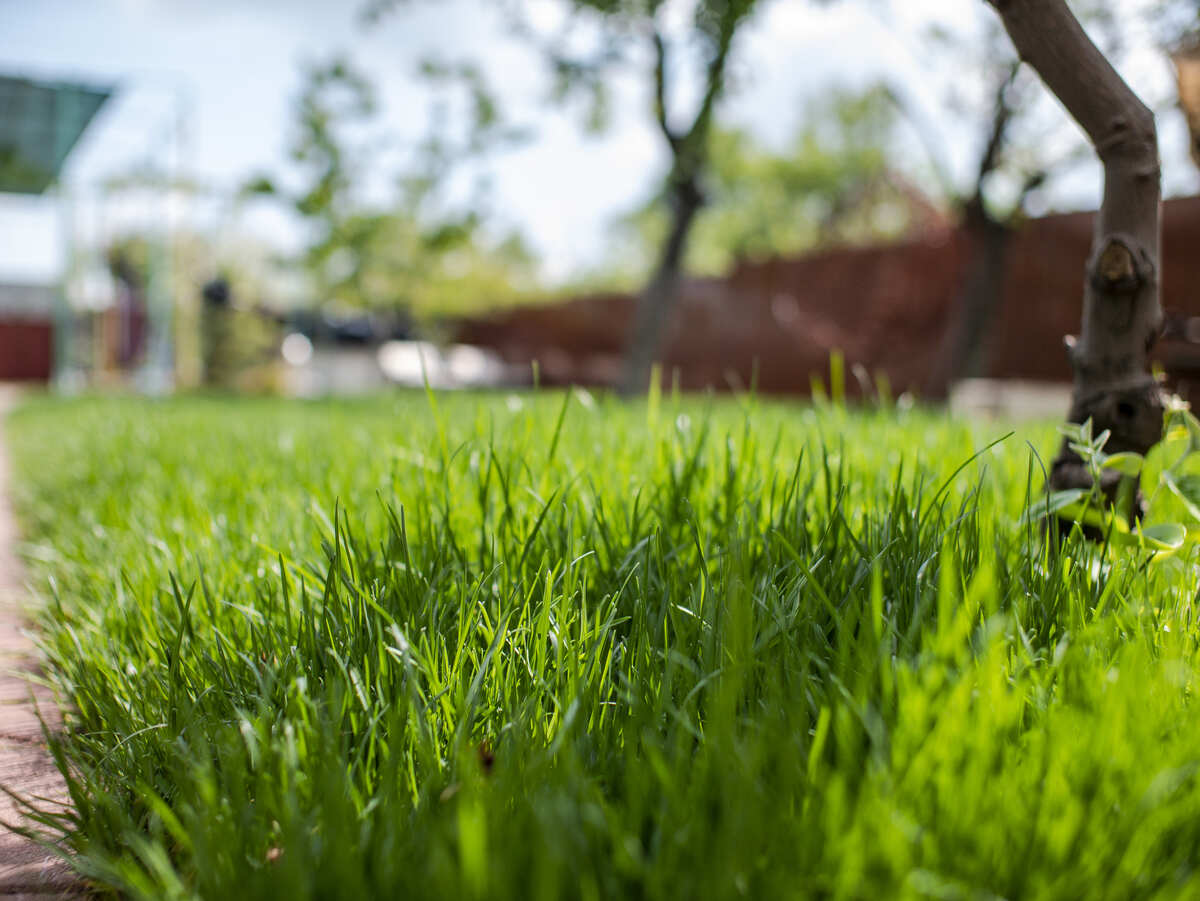
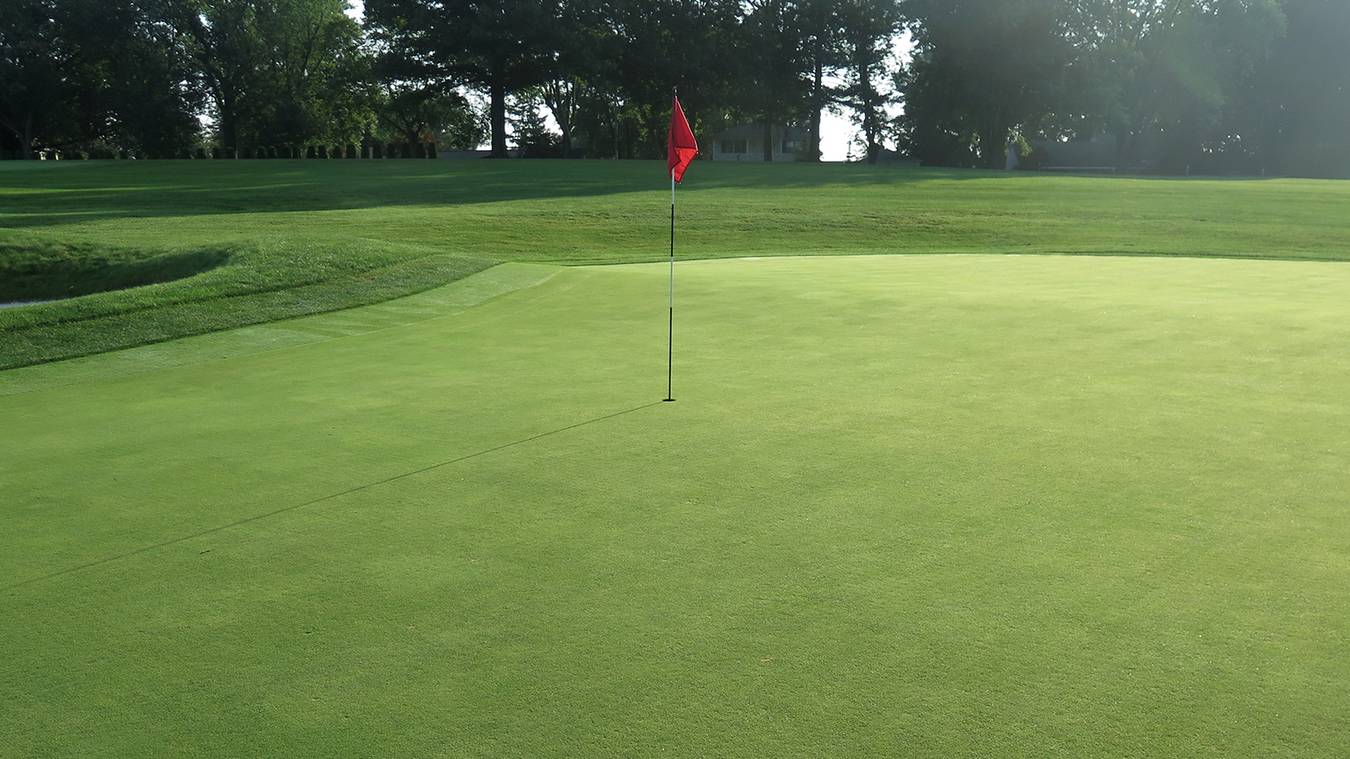
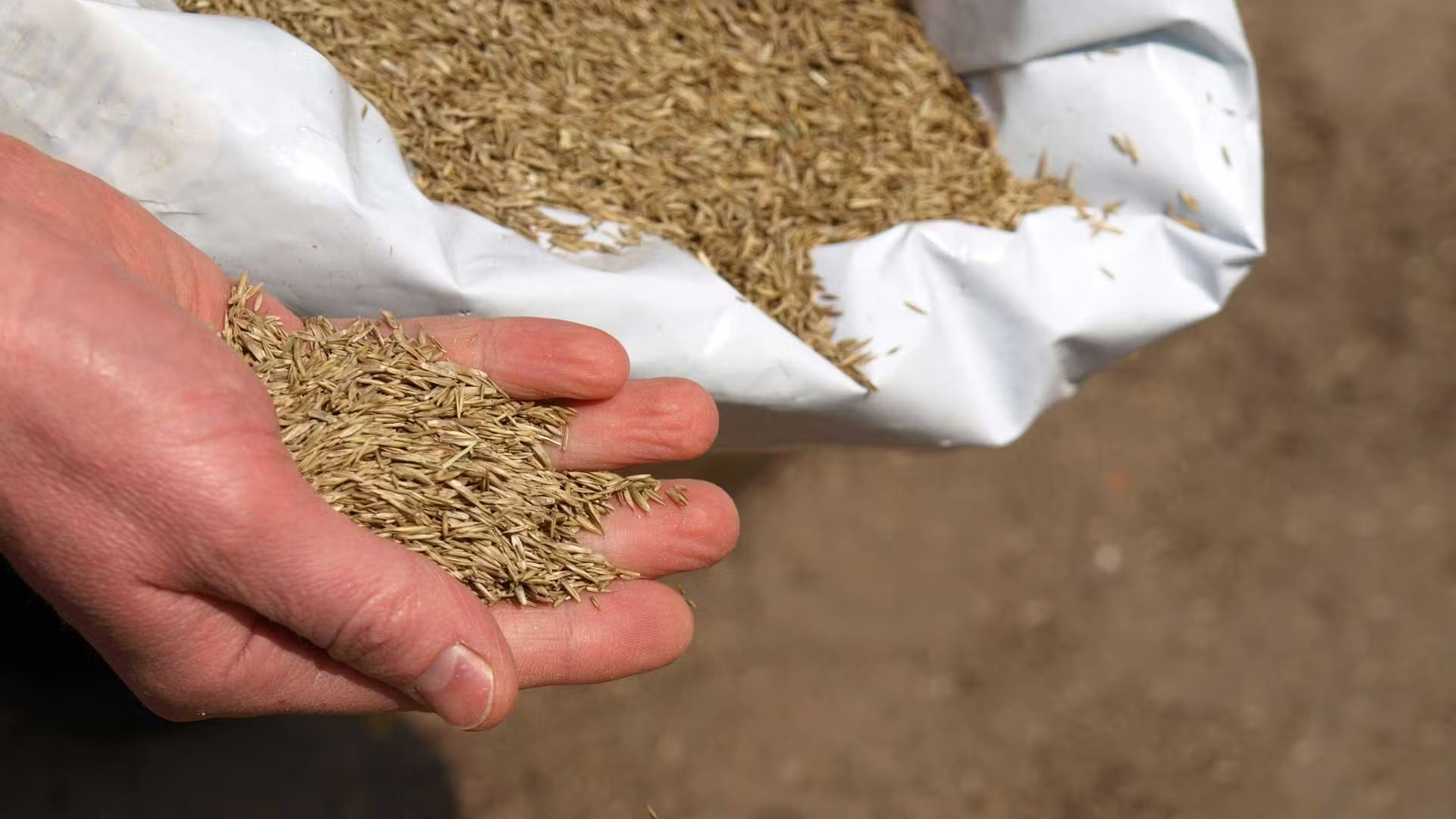
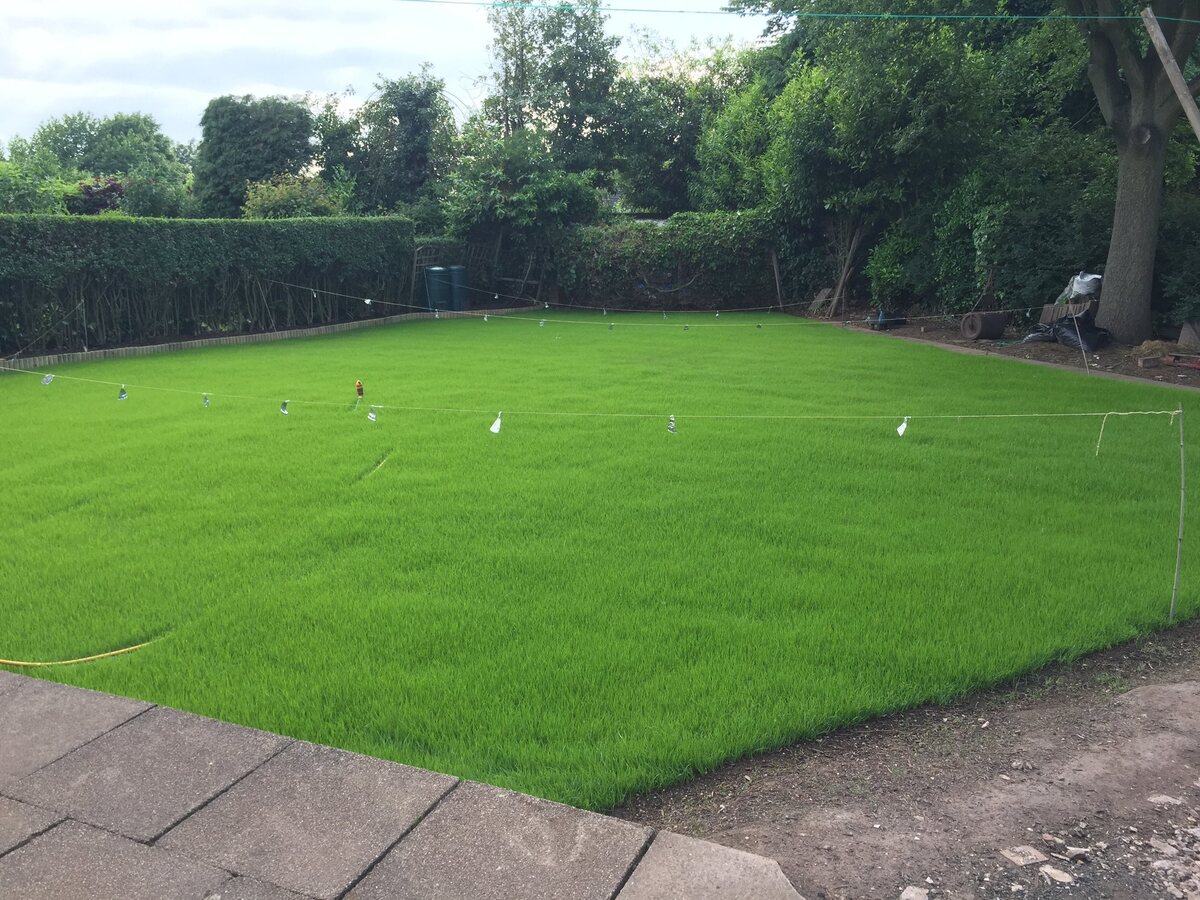
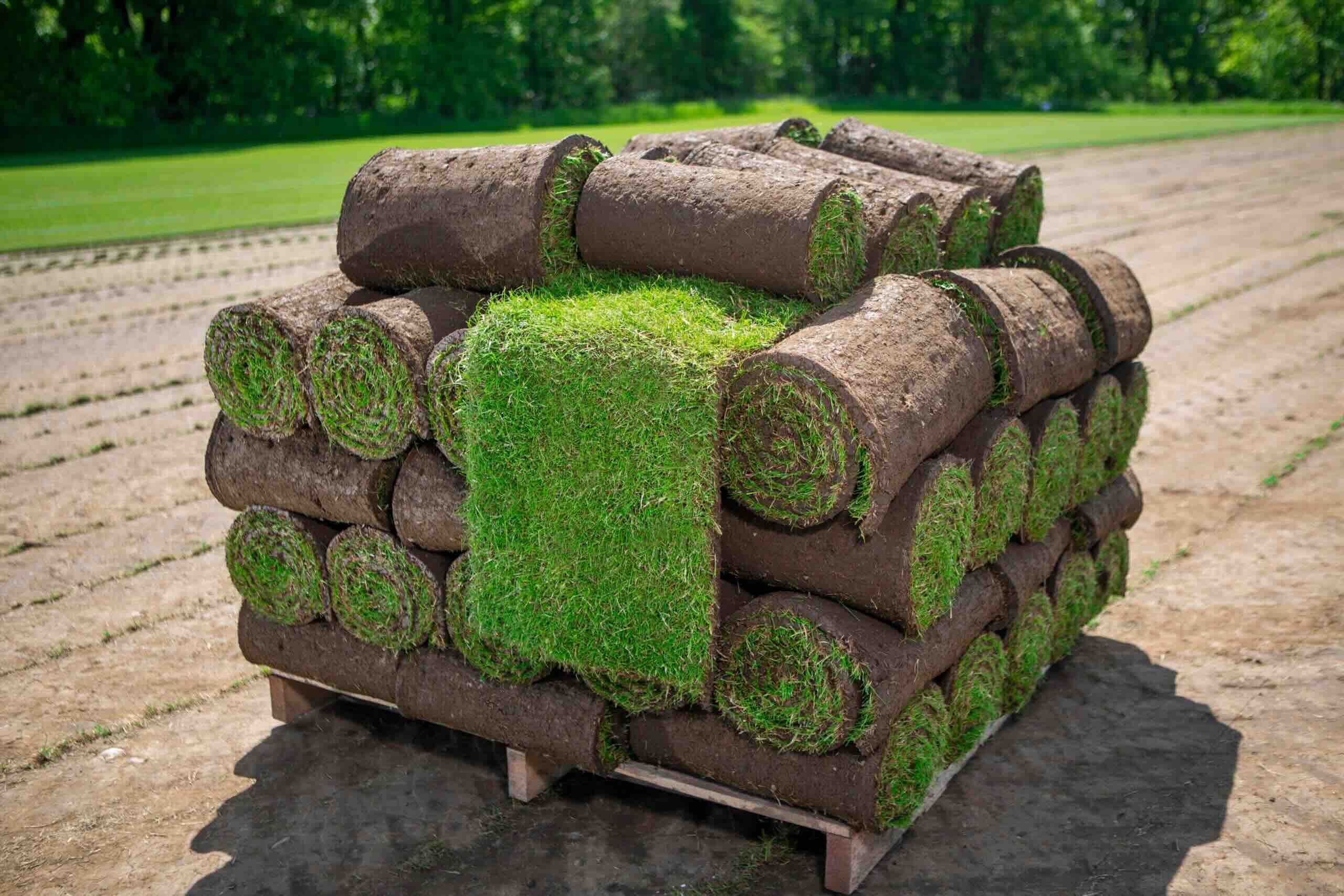
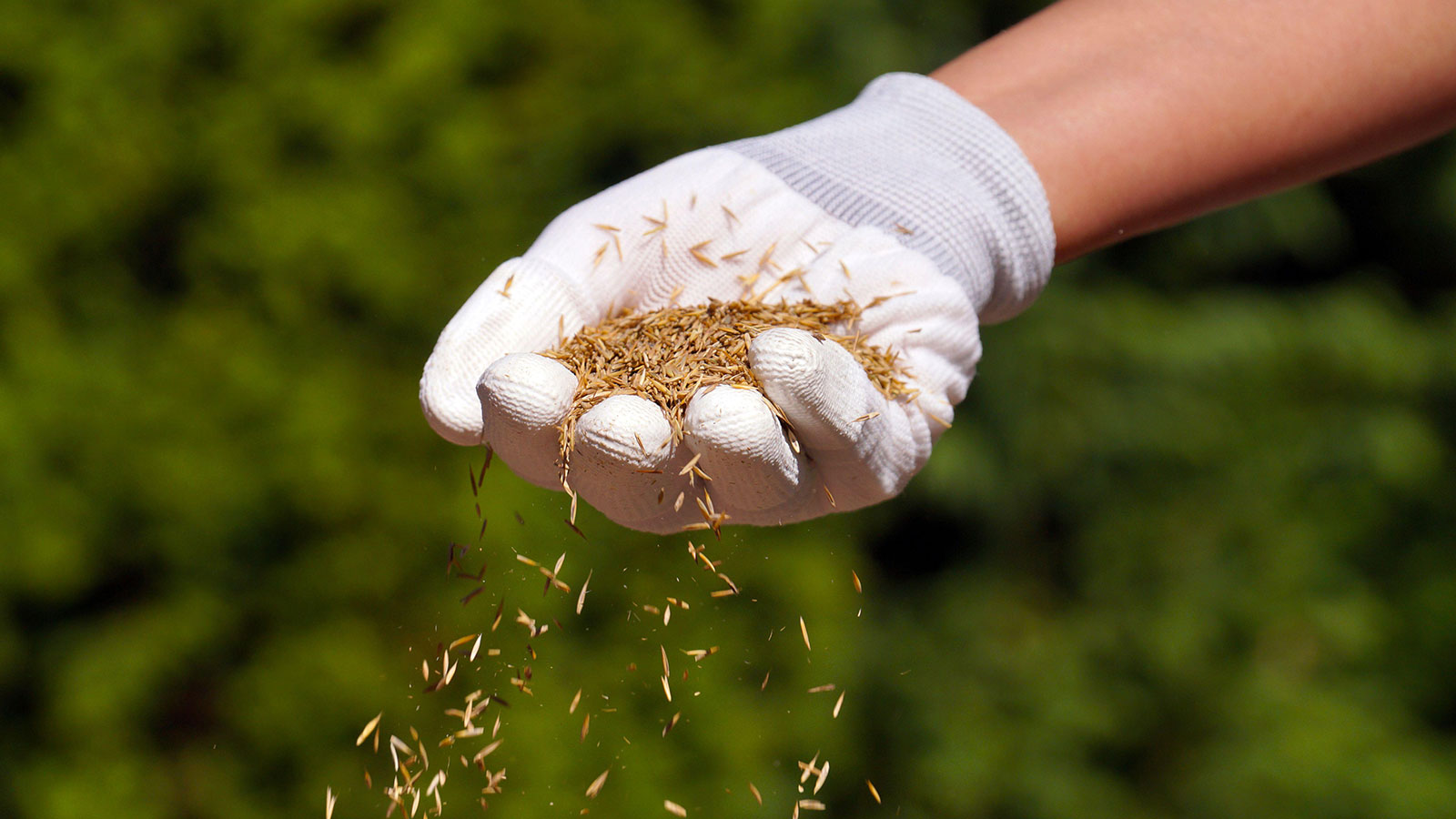
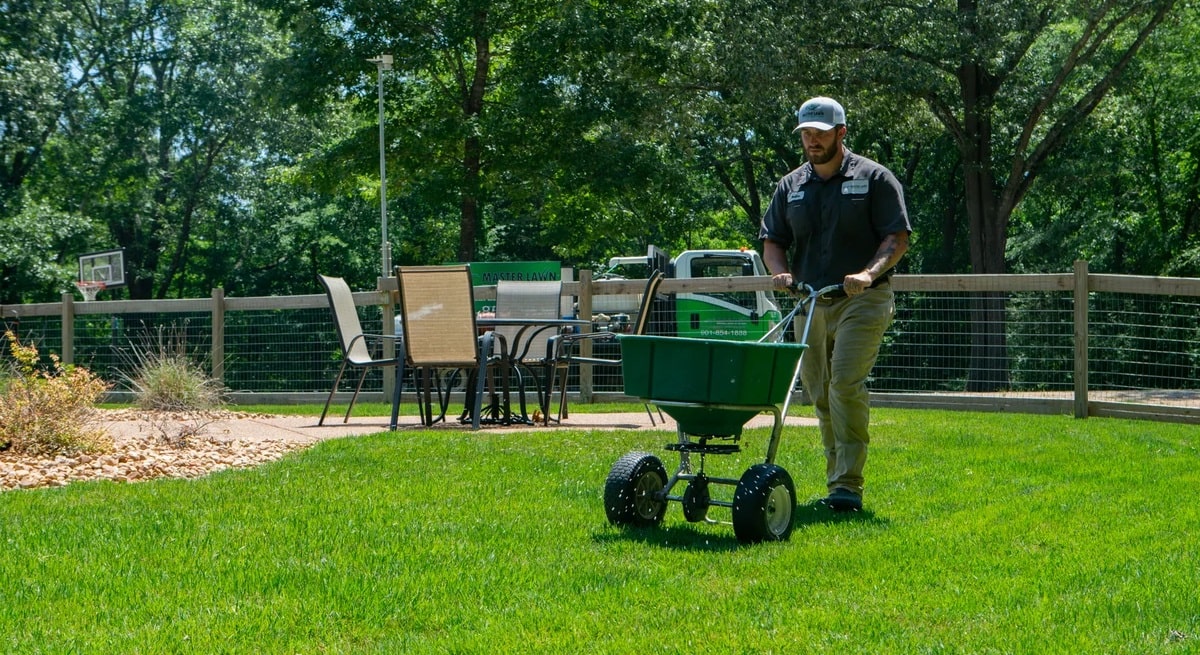
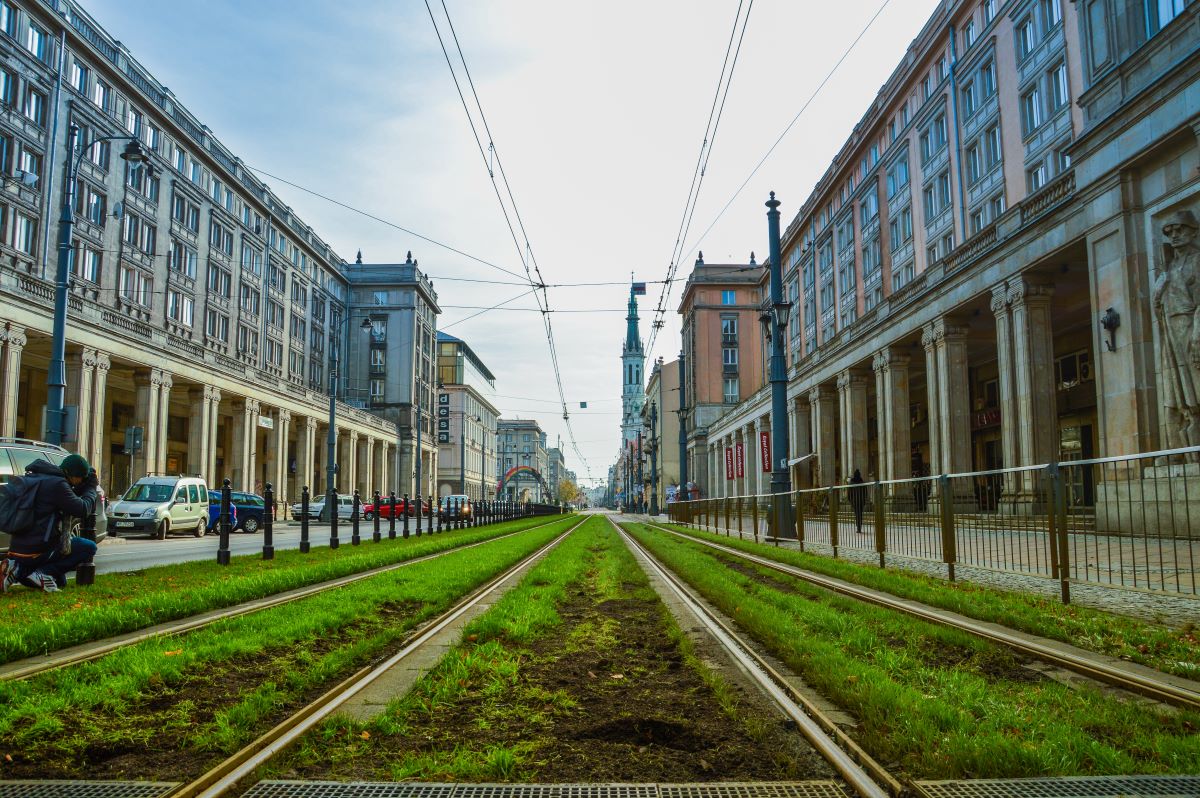
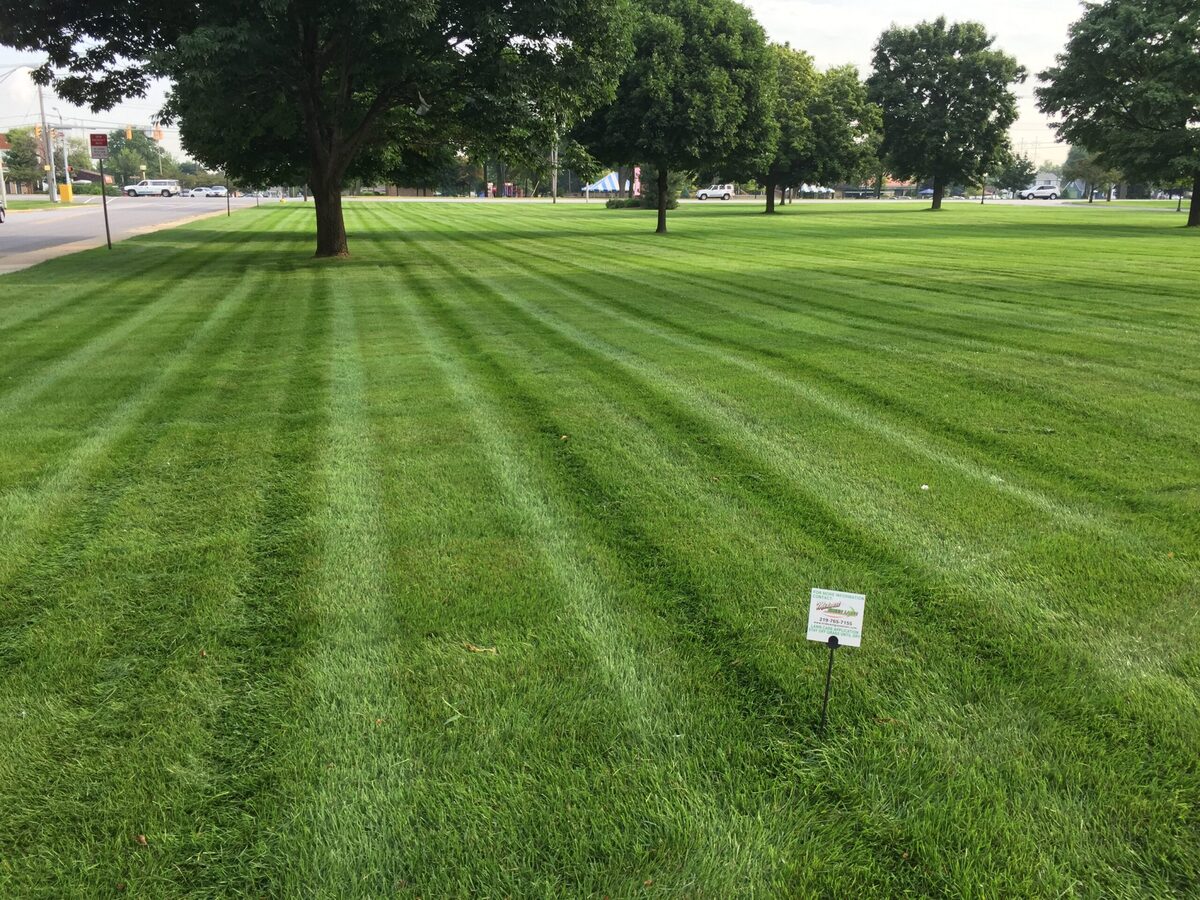
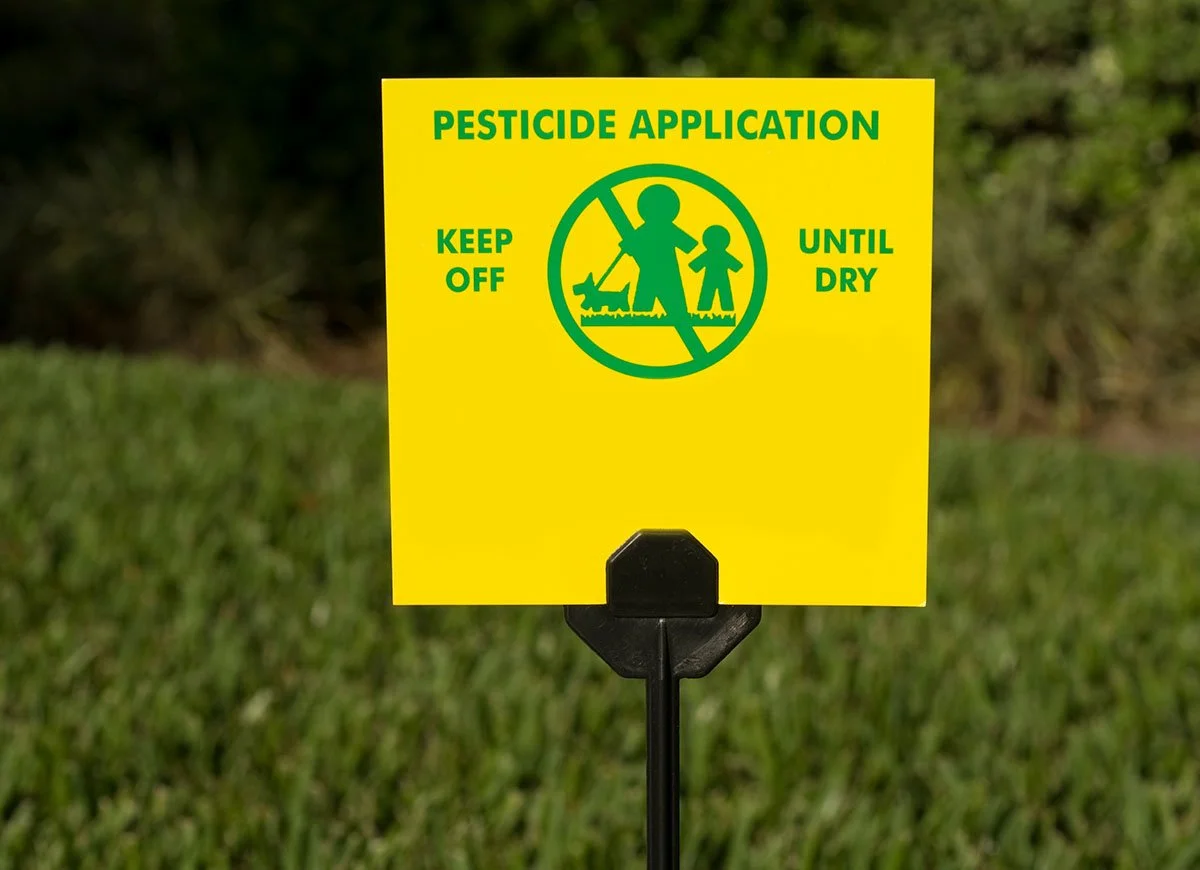
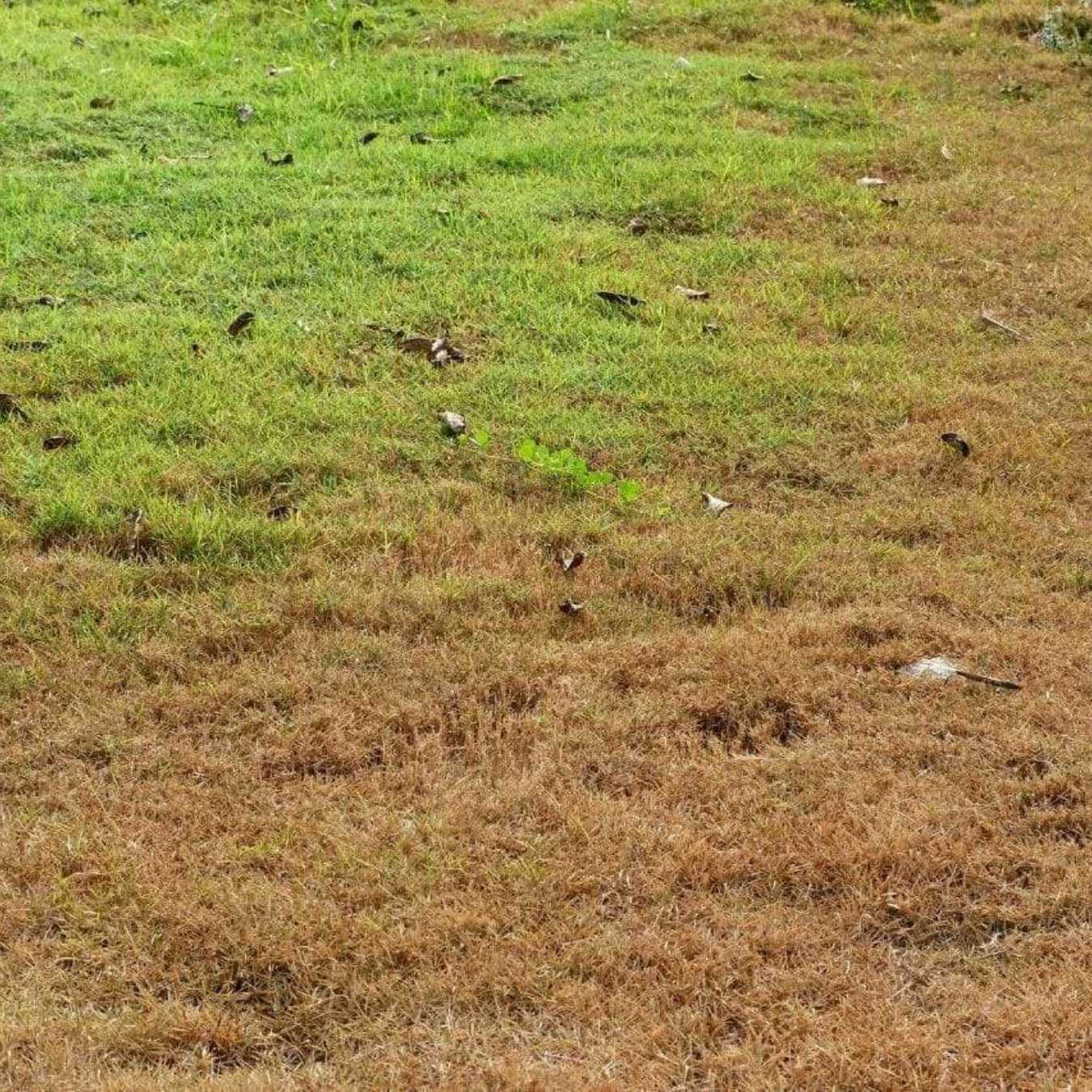
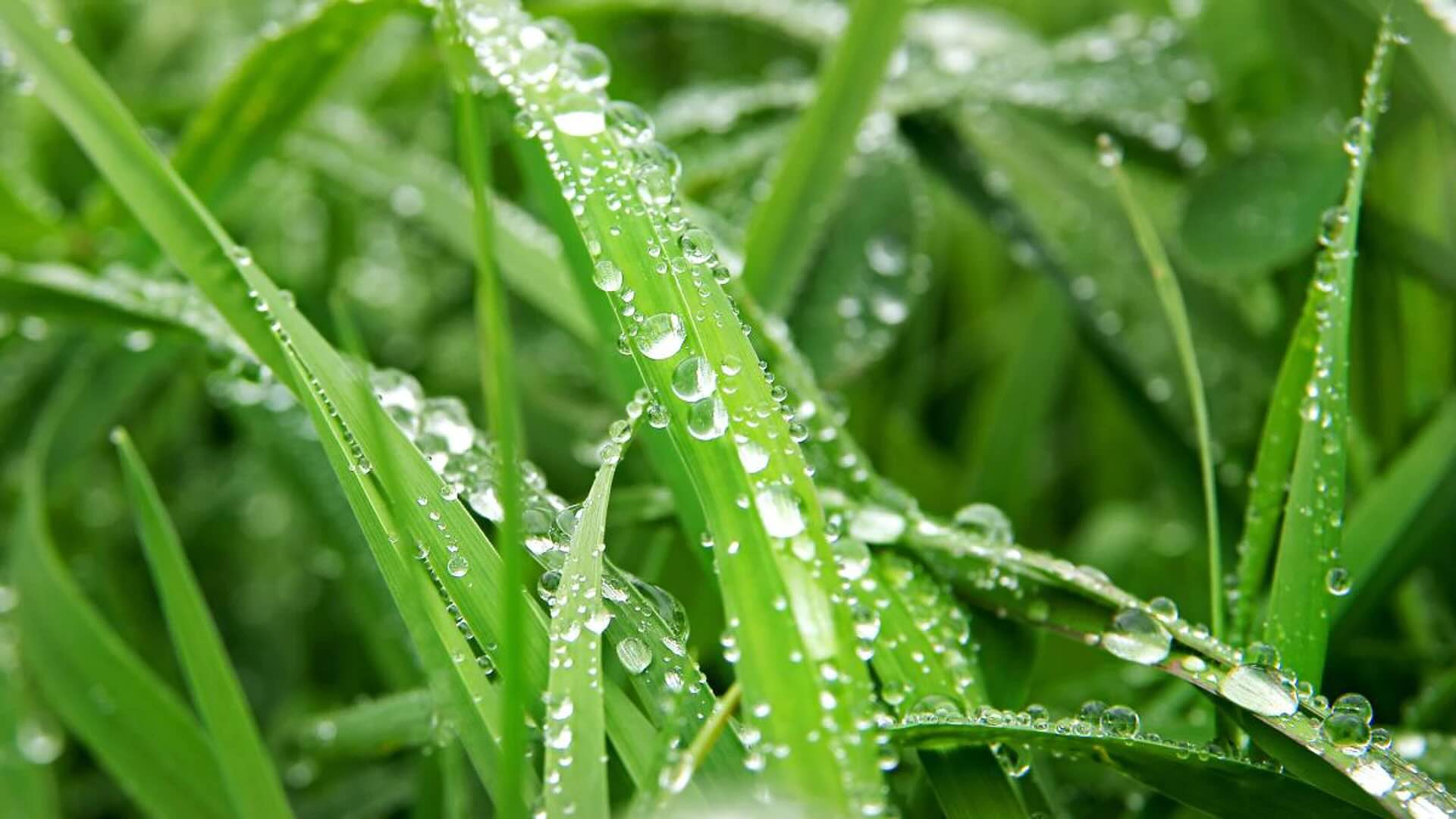
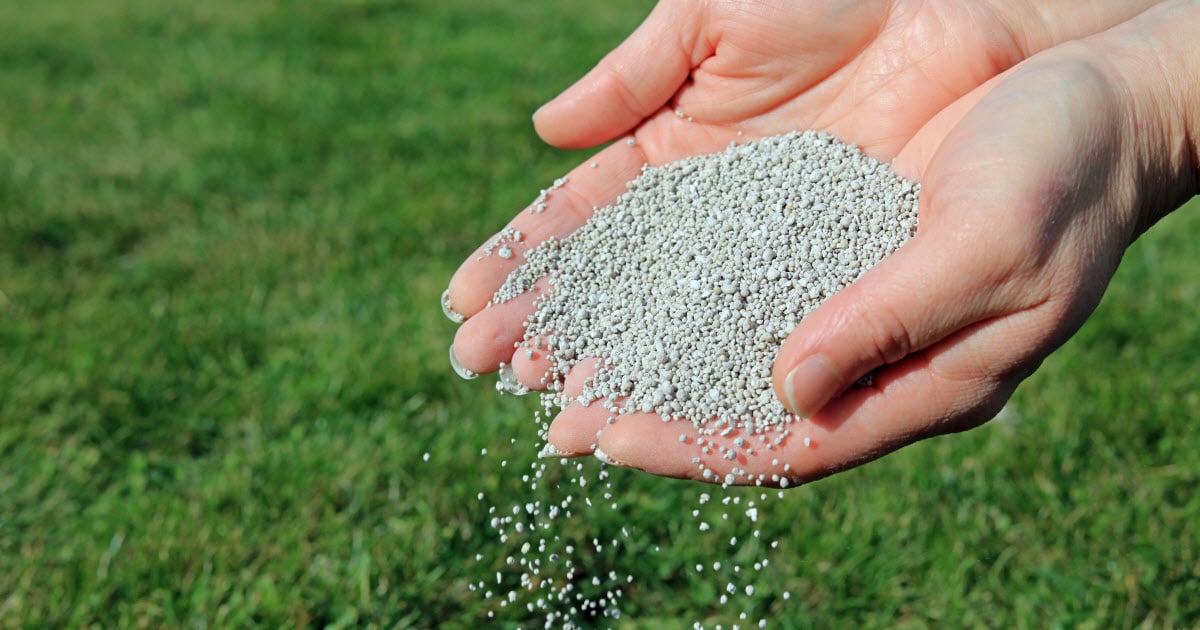
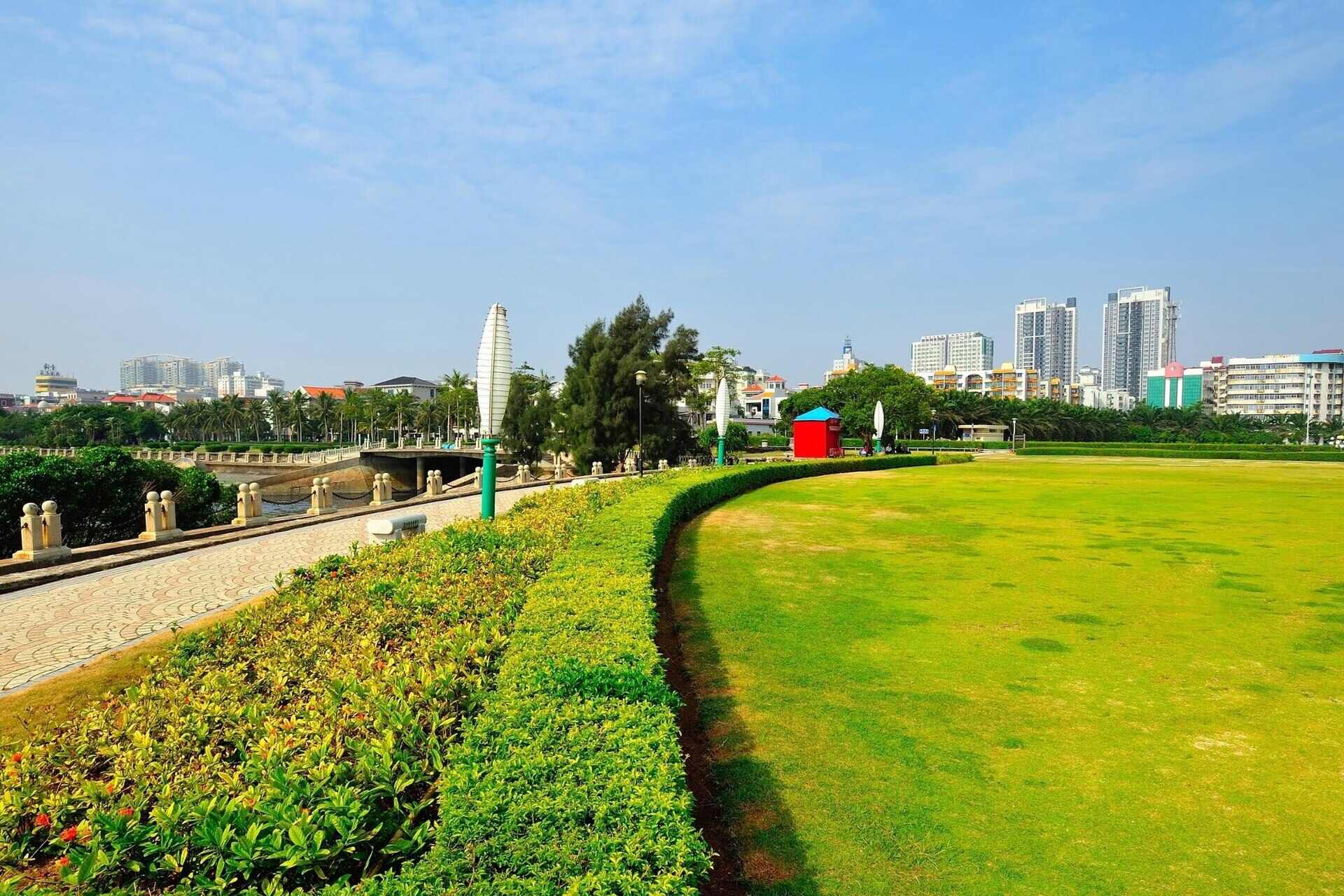

0 thoughts on “What Type Of Grass Stays Green All Year Long”